Do most bulbs produce new bulbs underground?
highlandernorth
12 years ago
Related Stories

HOUSEPLANTSHow to Force Amaryllis Bulbs Indoors
Enjoy vibrant red blossoms even as gardens turn snowy white, by teaching this hardy repeat performer to ignore the calendar
Full Story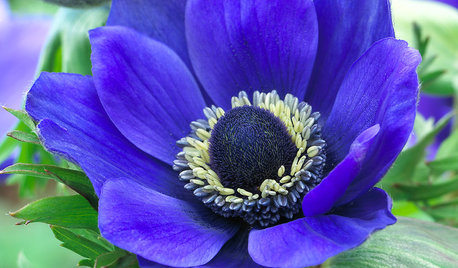
FALL GARDENING6 Splendid Blue-Flowering Bulbs
How do you blue? With colors from sky to cobalt, these bulbs will greet you merrily in a spring garden
Full Story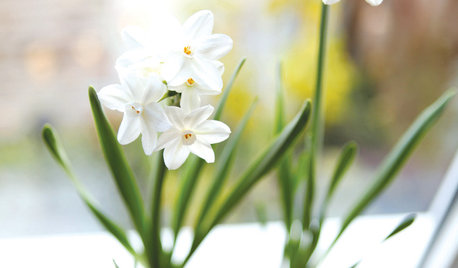
DIY PROJECTSHoliday DIY: Mason Jar Forced Bulbs and Evergreen Gift Tags
Learn how to make these winter projects from the book ‘Garden Made’ by Stephanie Rose
Full Story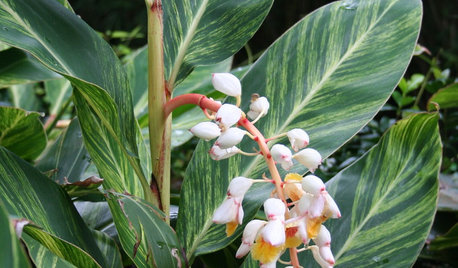
GARDENING GUIDES7 Tropical Bulbs for a Summer Garden That Wows
Try these stunners in summer's powerful heat for garden thrills with an exotic flair
Full Story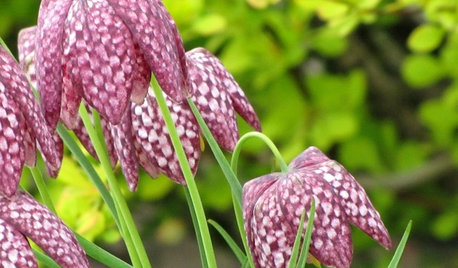
FALL GARDENING7 Delightfully Different Bulbs for Your Spring Garden
Fall planting: Stray from the standards for a more exotic spring garden that draws applause
Full Story
HOME TECHHere's a Bright Idea: Smart Bulbs for Better Lighting
Lightbulbs that can change brightness and color with a cell phone command show flashes of design brilliance
Full Story
GARDENING GUIDES6 Unsung Bulbs for Fall Planting
Don't hang up your spade after summer — plant these unusual bulbs in fall for a spectacular spring show
Full Story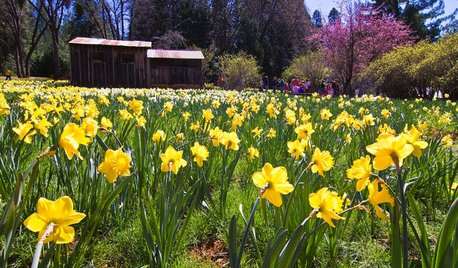
GARDENING GUIDES7 Bulbs That Flourish in Mild Climates
Fall planting: For gardens that don't see harsh winters, different guidelines for choosing and planting spring-blooming bulbs apply
Full Story
DECORATING GUIDESLose It: How to Get Rid of Old Light Bulbs
When the light goes out, you'll want to get rid of the bulb safely. Here's how
Full Story
SHOP HOUZZShop Houzz: Our Most Popular Industrial Lighting Under $199
Lights that nod to a factory without producing budget worries
Full Story0







calistoga_al ca 15 usda 9
pizzuti
Related Professionals
Reading Landscape Architects & Landscape Designers · Windham Landscape Architects & Landscape Designers · Wrentham Landscape Architects & Landscape Designers · Beachwood Landscape Architects & Landscape Designers · Mountain Brook Landscape Architects & Landscape Designers · Garden City Landscape Architects & Landscape Designers · Finneytown Landscape Architects & Landscape Designers · Broomfield Landscape Contractors · Cary Landscape Contractors · Cerritos Landscape Contractors · Indio Landscape Contractors · Merced Landscape Contractors · Morrisville Landscape Contractors · Porterville Landscape Contractors · Santa Maria Landscape Contractorsvetivert8